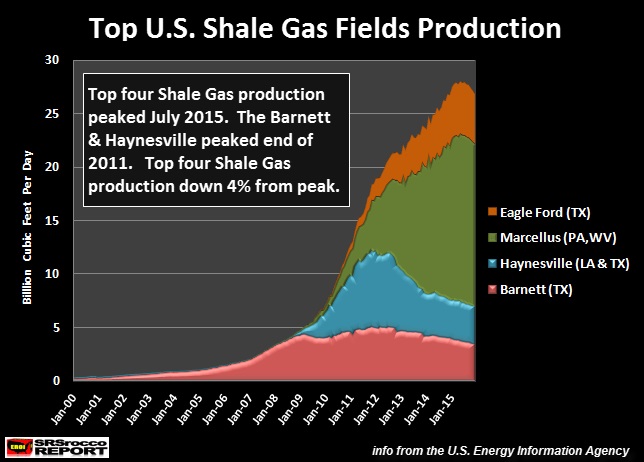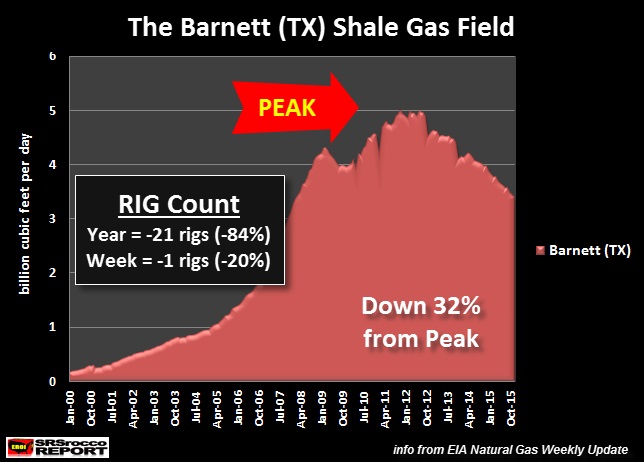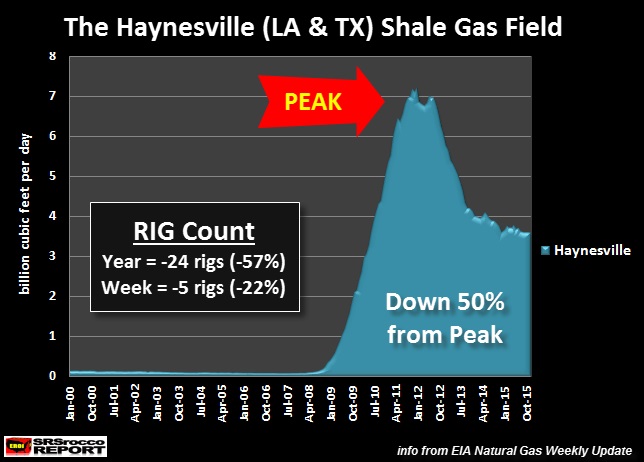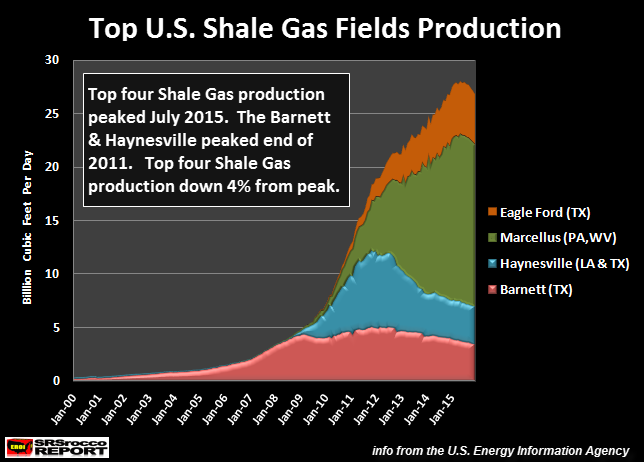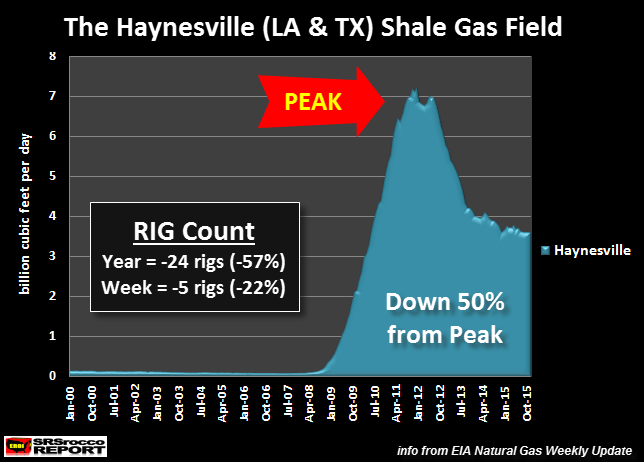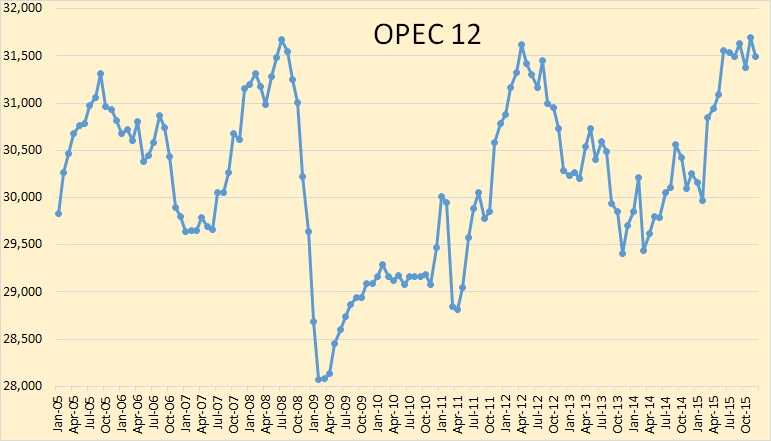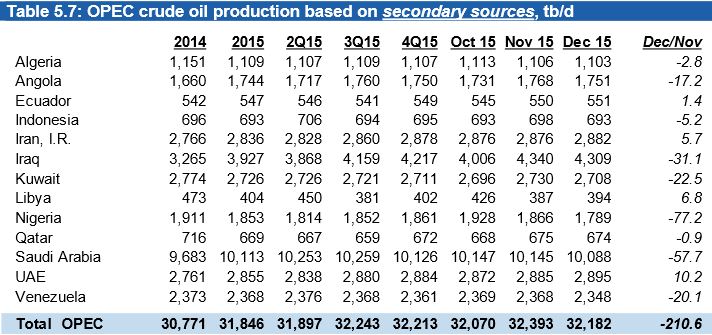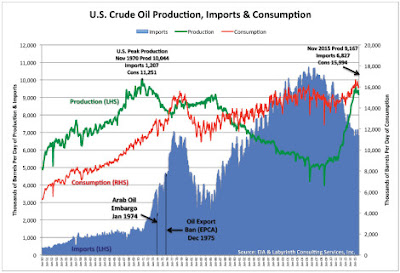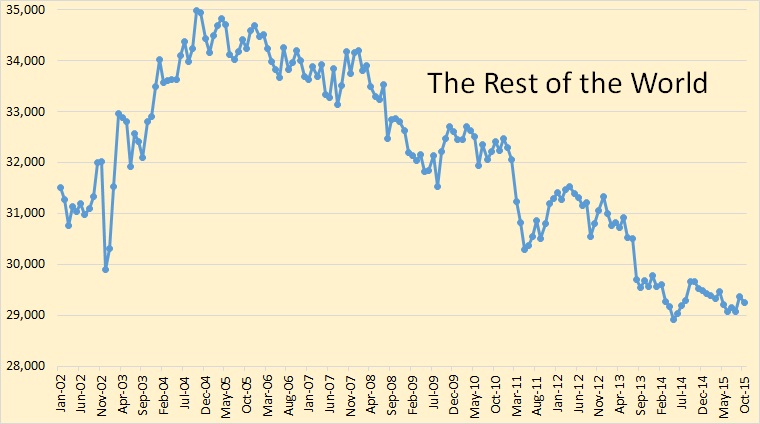The media is full with news that there is a global oil glut.
There are now more than 3bn barrels of excess oil in the world
13/11/2015
http://www.telegraph.co.uk/finance/oilprices/11993687/There-are-now-more-than-3bn-barrels-of-excess-oil-in-the-world.html
Record oil glut stands at 3bn barrels
13/11/2015
http://www.bbc.com/news/business-34808487
It was parroted by the Australian public broadcaster ABC TV, using this (unsuitable) opportunity to take a swipe at peak oil:
Peak oil losing credibility as renewables shift accelerates
24/12/2015
“With the world awash with too much crude oil at the moment, the fear of an economic catastrophe when fossil fuels start running out is quietly fading in the background.”
http://www.abc.net.au/news/2015-12-24/peak-oil-losing-credibility-as-shift-to-renewables-accelerates/7052196
These stories go back to the IEA’s Monthly Oil Market Report (OMR), November 2015 which reads:
“Stockpiles of oil at a record 3 billion barrels are providing world markets with a degree of comfort. This massive cushion has inflated even as the global oil market adjusts to $50/bbl oil.”
https://www.iea.org/oilmarketreport/reports/2015/1115/
So how much is 3 bn barrels?
Let’s have a look at the statistics in the latest IEA OMR of December 2015. It’s only about OECD stocks, not the whole world.

Fig 1: OECD total oil stocks
https://www.iea.org/media/omrreports/fullissues/2015-12-11.pdf
We see that oil stocks in the period 2009 (light blue line) to 2013 (dotted line) varied between 2,6 bn and 2.8 bn barrels along with seasonal changes. The average stocks for this time of the year is 2.7 bn barrels. We can consider this range as the result of normal operating conditions allowing for accidents, refinery maintenance, transport disruptions, strikes etc but also demand side changes from a weak economy (2009) to high oil prices (2013).
Therefore, that magic glut is 3 bn – 2.7 bn = 300 million barrels or roughly 10% of the average. The long term trend of OECD stocks is shown in the next graph:

Fig 2: OECD stock changes since 1988
In 1988, average stocks were 2.5 bn barrels One can put many trend lines into Fig 2, depending on which period one selects and which exceptional events are excluded.
…click on the above link to read the rest of the article…



